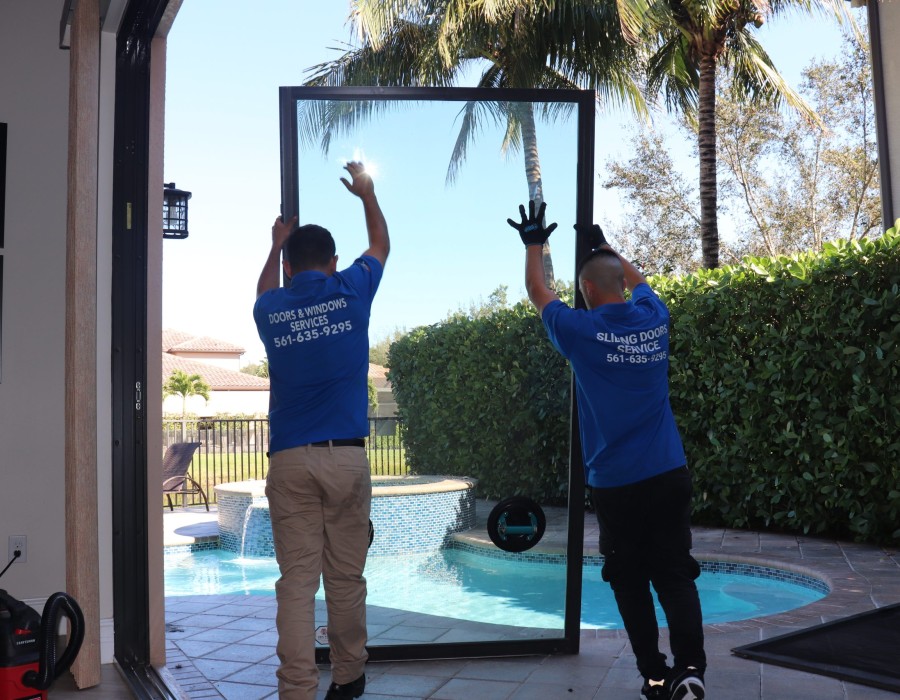Common Sliding Door Track Issues
Dirt and Debris Build-Up: One of the most common issues with sliding door tracks is the accumulation of dirt, dust, and debris. This can cause the door to become difficult to open and close, as the wheels struggle to glide smoothly over the obstructed track.
Damaged or Worn Tracks: Over time, the tracks themselves can become damaged or worn. This can occur due to heavy use, improper maintenance, or exposure to the elements. A damaged track can lead to misalignment and poor door operation.
Misaligned Wheels: If the wheels on the sliding door become misaligned or damaged, they may not sit properly on the track, causing the door to stick or wobble. This can often be a result of rough handling or wear and tear.
Rust and Corrosion: In areas with high humidity or exposure to the elements, sliding door tracks can suffer from rust and corrosion. This not only affects the appearance of the door but can also hinder its functionality.
DIY Sliding Door Track Repair
Clean the Track
Before attempting any repairs, start by thoroughly cleaning the track. Use a vacuum cleaner to remove loose dirt and debris, then wipe down the track with a damp cloth. For stubborn grime, use a mild detergent and a soft brush to scrub the track clean. Dry the track thoroughly before proceeding.
Inspect for Damage
Carefully inspect the track for any signs of damage, such as dents, bends, or rust. If the track is significantly damaged, it may need to be replaced. Minor damage can often be repaired with a little elbow grease and the right tools.
Lubricate the Track
Once the track is clean and free of damage, custom sliding doors apply a high-quality lubricant designed for sliding doors. Silicone-based lubricants are a good choice, as they don’t attract dirt and provide smooth operation. Apply the lubricant evenly along the entire length of the track.
Adjust the Wheels
If the door is still not sliding smoothly, check the wheels for alignment and wear. Most sliding doors have adjustable wheels that can be raised or lowered using a screwdriver. Adjust the wheels so that the door sits level on the track and glides smoothly.
Replace Damaged Parts
If the wheels are worn or damaged, they may need to be replaced. Most hardware stores carry replacement wheels for sliding doors. Follow the manufacturer’s instructions to remove the old wheels and install the new ones.
Maintenance Tips
Regular maintenance can help prevent many common sliding door track issues. Here are a few tips to keep your sliding door in top condition:
Clean the Track Regularly: Make it a habit to clean the track at least once a month to prevent dirt and debris build-up.
Lubricate Periodically: Apply lubricant to the track and wheels every few months to ensure smooth operation.
Inspect for Damage: Regularly check the track and wheels for signs of wear and tear, and address any issues promptly.
Protect from the Elements: If your sliding door is exposed to the elements, consider installing a cover or awning to protect it from rain and humidity.
When to Call a Professional
While many sliding door track repair can be handled with a DIY approach, some issues may require professional assistance. If the track is severely damaged, if you’re unable to realign the wheels, or if the door continues to malfunction despite your best efforts, it’s time to call in a professional. A sliding door repair specialist can assess the situation, provide expert repairs, and ensure your door operates smoothly for years to come.






Comments